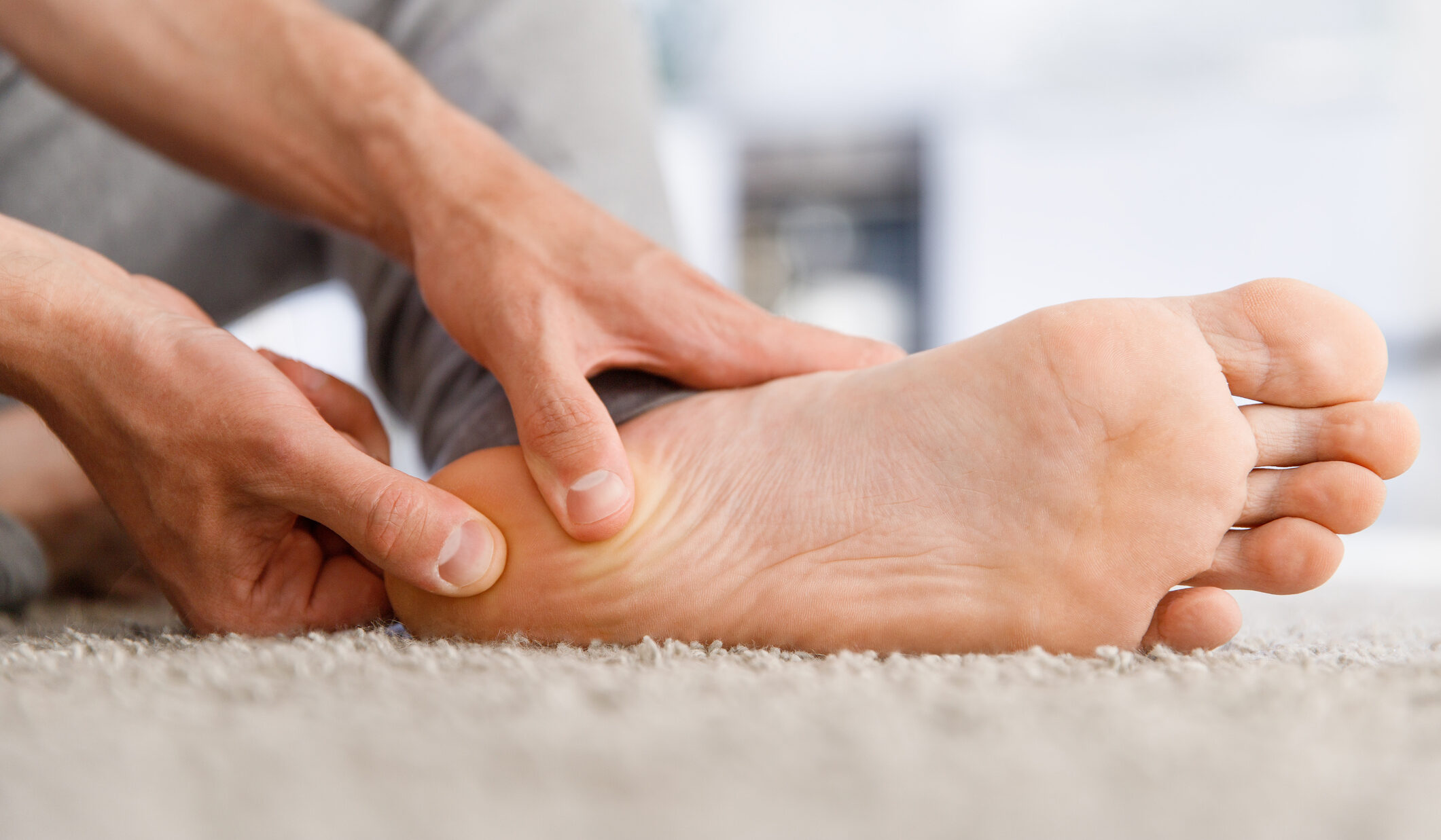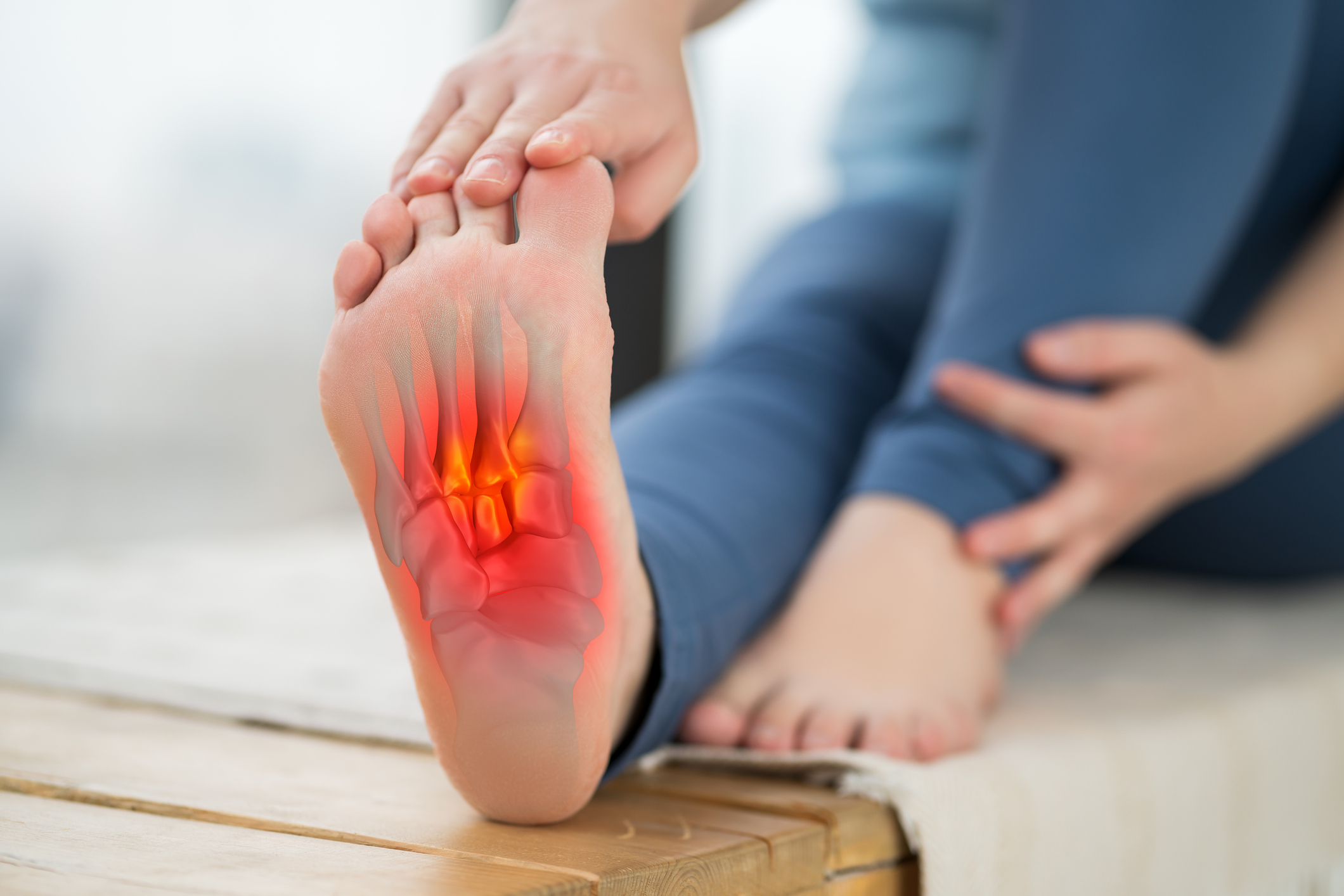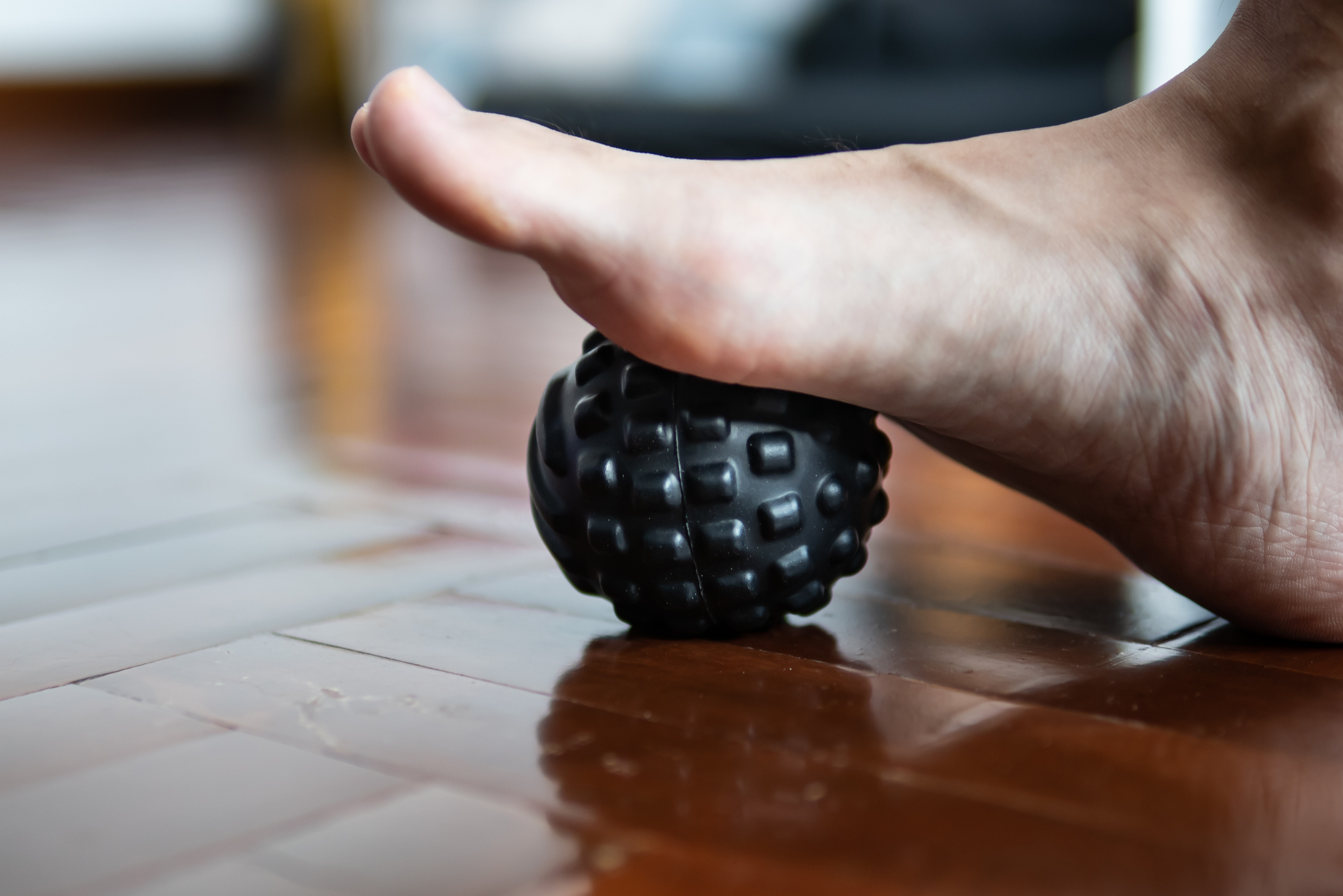Reduce pain and inflammation caused by plantar fasciitis
Plantar fasciitis is the name given to inflammation of the plantar fascia. The plantar fascia is best described as five long elastic bands that stretch from the ball of your feet and insert into your heel bone. It is responsible for maintaining foot shape and allows your feet to work painlessly. Plantar fasciitis can affect anyone but is most commonly seen in middle aged people, who may have recently started a new exercise regime or put on a lot of weight.
Book an appointment









